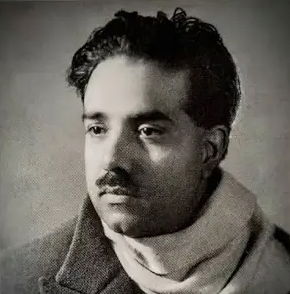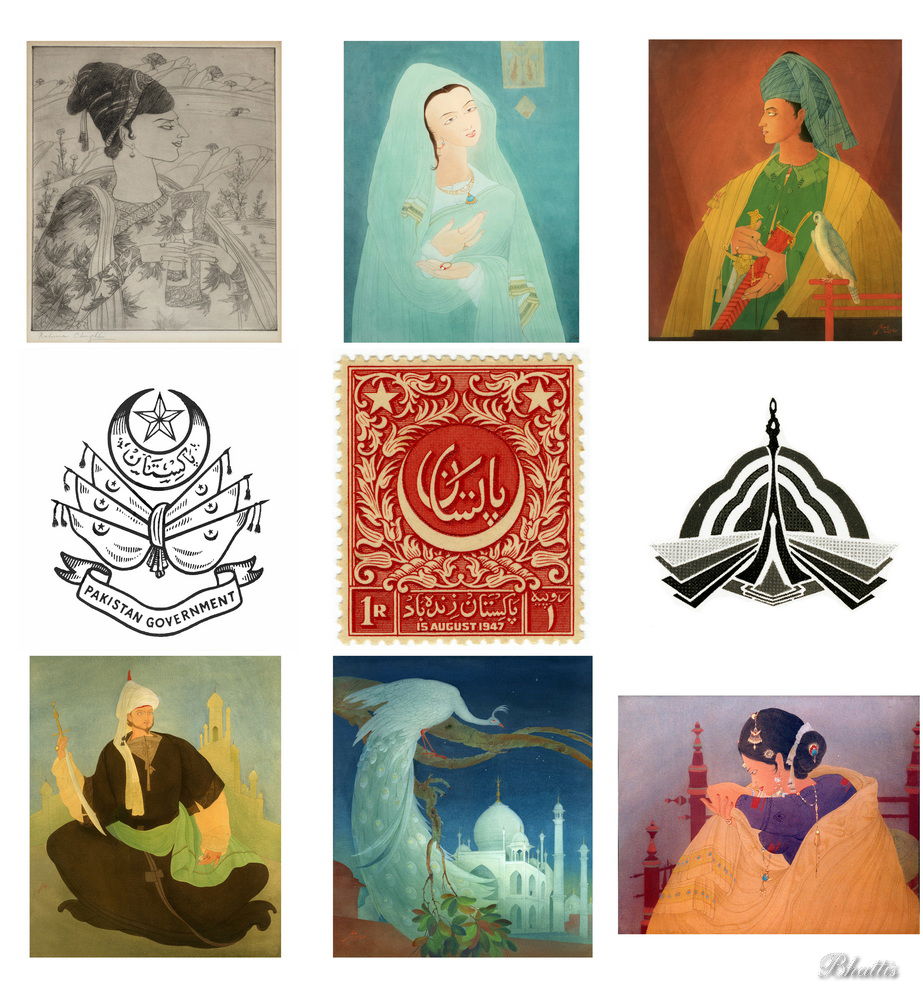A. R. Chughtai: The First Modern Muslim Artist of Pakistan

Abdur Rahman Chughtai (21 September 1894 – 17 January 1975) stands as one of the most significant figures in Pakistan's art history. Renowned for his distinctive painting style, which blends Mughal influences, miniature painting, Art Nouveau, and Islamic traditions, Chughtai is celebrated as 'the first significant modern Muslim artist from Pakistan' and holds the title of the National Artist of Pakistan.
Born in Lahore's Mohalla Chabuk Sawaran, Chughtai hailed from a family of artisans and craftsmen. His early training in art began with his uncle, Baba Miran Shah Naqqash, where he learned the art of naqqashi at a local mosque. After completing his formal education at the Railway Technical School, Lahore, Chughtai attended the Mayo School of Arts, where he was mentored by Samarendranath Gupta, a student of Abanindranath Tagore, and cultivated his unique artistic voice.
By 1916, Chughtai’s work had started to gain recognition, with his first painting published in the Modern Review. His first major exhibition in 1920 at the Punjab Fine Art Society marked the beginning of a career that would shape Lahore's modern art scene. He further solidified his reputation through exhibitions with the Indian School of Oriental Art during the 1920s, while also refining his etching skills in London in the 1930s.
Throughout his six-decade career, Chughtai produced over 2000 watercolor paintings, countless pencil sketches, and nearly 300 etchings and aquatints. His work, characterized by its delicate yet powerful use of line and color, reflected his deep connection to his heritage while also introducing modern elements. As a versatile artist, he also designed stamps, coins, insignia, and book covers. He published three books of his own works: the Muraqqai-i-Chughtai (1928), Naqsh-i-Chughtai (c. 1935) and Chughtai's Paintings (1940). The Muraqqa-i-Chughtai was a sumptuously illustrated edition of Mirza Ghalib's Urdu poetry, with a foreword by Sir Muhammad Iqbal. It is regarded as the most significant work of Chughtai's career and in its time, was considered the finest achievement in book production in the country.
Chughtai's artistic legacy is not limited to his paintings. His influence as a cultural figure extended to writing short stories, essays on art, and collecting miniatures and other forms of art. As Pakistan emerged as a new nation, Chughtai's work became a symbol of the country’s cultural identity, with his paintings presented as gifts to visiting dignitaries, and even admired by international figures such as Pablo Picasso and Queen Elizabeth II.
His work is now housed in prestigious institutions worldwide, including the British Museum, Victoria and Albert Museum, and the National Gallery of Modern Art in New Delhi, alongside the United Nations Headquarters and President's House in Islamabad. His legacy is preserved at the Chughtai Museum Trust in Lahore.
At Inked, we are honored to have provided archiving and fine art printing services for A. R. Chughtai’s masterpieces via the Chughtai Museum Trust, ensuring that his vision continues to inspire future generations. His unique artistic vision, deeply rooted in cultural history yet distinctly modern, continues to shape the landscape of South Asian art.
